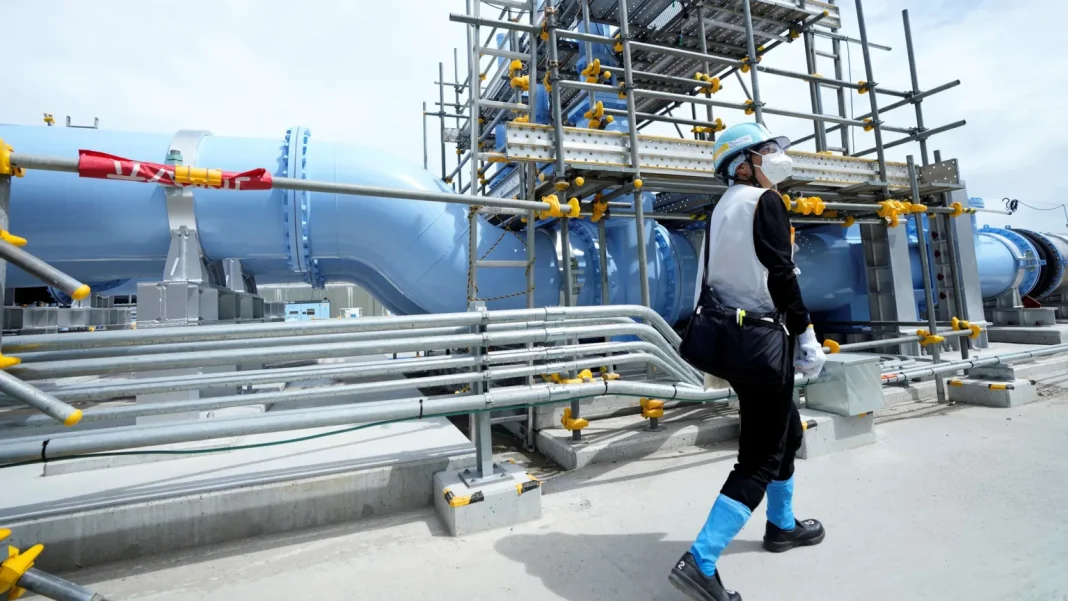Japan’s recent shift towards increasing its reliance on nuclear energy reflects a major policy change driven by the growing energy demands of sectors like AI and semiconductors, alongside a desire for energy self-sufficiency and a reduction in carbon emissions. The new energy plan, which aims for nuclear energy to supply 20% of the country’s electricity by 2040, contrasts sharply with the earlier focus on reducing nuclear dependence in the wake of the Fukushima disaster in 2011.
The tragic events at the Fukushima Daiichi nuclear power plant, triggered by an earthquake and tsunami, continue to shape public perception of nuclear energy in Japan. The disaster led to a shutdown of many reactors, and nuclear energy’s share in Japan’s power grid dropped significantly. Today, the country operates just 14 nuclear reactors, down from 54 before the disaster, and its energy imports still account for 90% of its needs.
Despite the government’s push for nuclear energy, the plan has generated significant opposition. Concerns over the safety of aging reactors and the potential for accidents remain at the forefront of the debate. Experts have pointed out that the need to import uranium and the risk of accidents, particularly in the event of natural disasters, make nuclear energy a risky and costly choice.
Additionally, the Fukushima disaster continues to cast a shadow over the nuclear industry in Japan, with protests over the release of treated wastewater from the Fukushima site continuing into 2023. Environmental organizations, such as Greenpeace, have criticized the government’s emphasis on nuclear energy, citing the long-term environmental risks and safety concerns associated with nuclear waste and potential disasters.
To meet the ambitious 20% goal, Japan would need to bring 33 reactors back online, but the process of safety checks, upgrades, and local opposition to new plants presents challenges. The government faces the task of navigating these concerns while balancing the demands of energy security, climate goals, and public safety.

